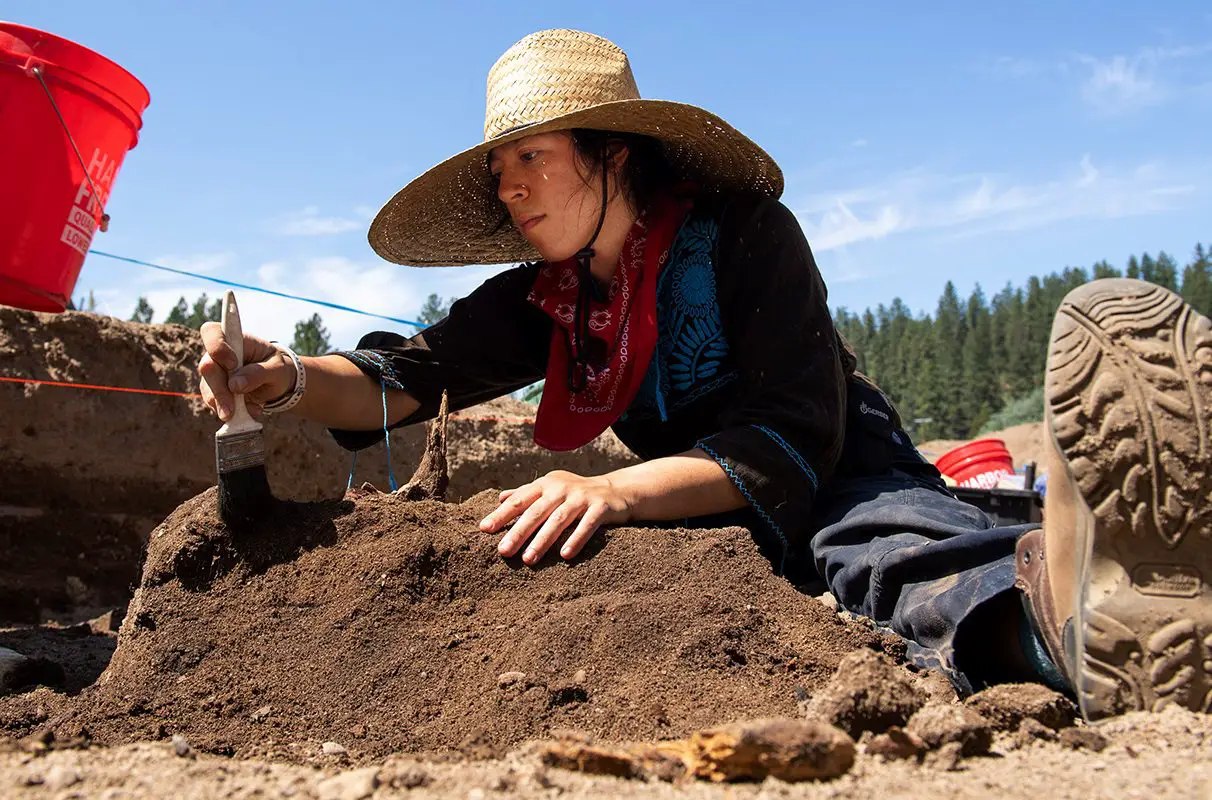A joint project involving the Kalispel Tribe and archaeologists from Washington State University (WSU) has led to the discovery of 5,000‑year‑old earth ovens near Newport in Washington State, United States.
The ovens were found on land purchased by the Kalispel Tribe to accommodate for the construction of new housing near the tribal reservation.
A team of professional archaeologists and fourth-year students from WSU is currently working to delineate the features of the ovens and investigate any potential changes in their size and shape over time.
“As a Tribe, we’ve never shared this kind of historical excavation experience with the public,” said Kalispel Tribal elder Shirley Blackbear. “But I think it is important for non-Natives to learn and understand more about our Tribe. Our history and traditions are very rich and important to us. Cooking techniques have been passed down from generation to generation.”
Radiocarbon dating of the ovens suggests that they are 5,000‑years‑old, with the oven contents being sent to WSU labs in the hope of finding organic remains that might indicate the diet and food processing techniques of tribal ancestors living on the banks of the Pend Oreille River.
One of the main food types the researchers hope to learn more about is camas, a small flowering plant with roots that can be cooked fresh or ground into flour for baking over several days. While the Kalispel Tribe has preserved the tradition of baking camas bread by passing it down from generation to generation, not much is known about the oven technology they used before 3,000 years ago.
Professor Shannon Tushingham from WSU said: “Earth ovens have been excavated in this area before, but now in 2023 we have all these wonderful new technologies that give us the ability to better determine what types of food were being eaten and how they were prepared.”
Header Image Credit : WSU








